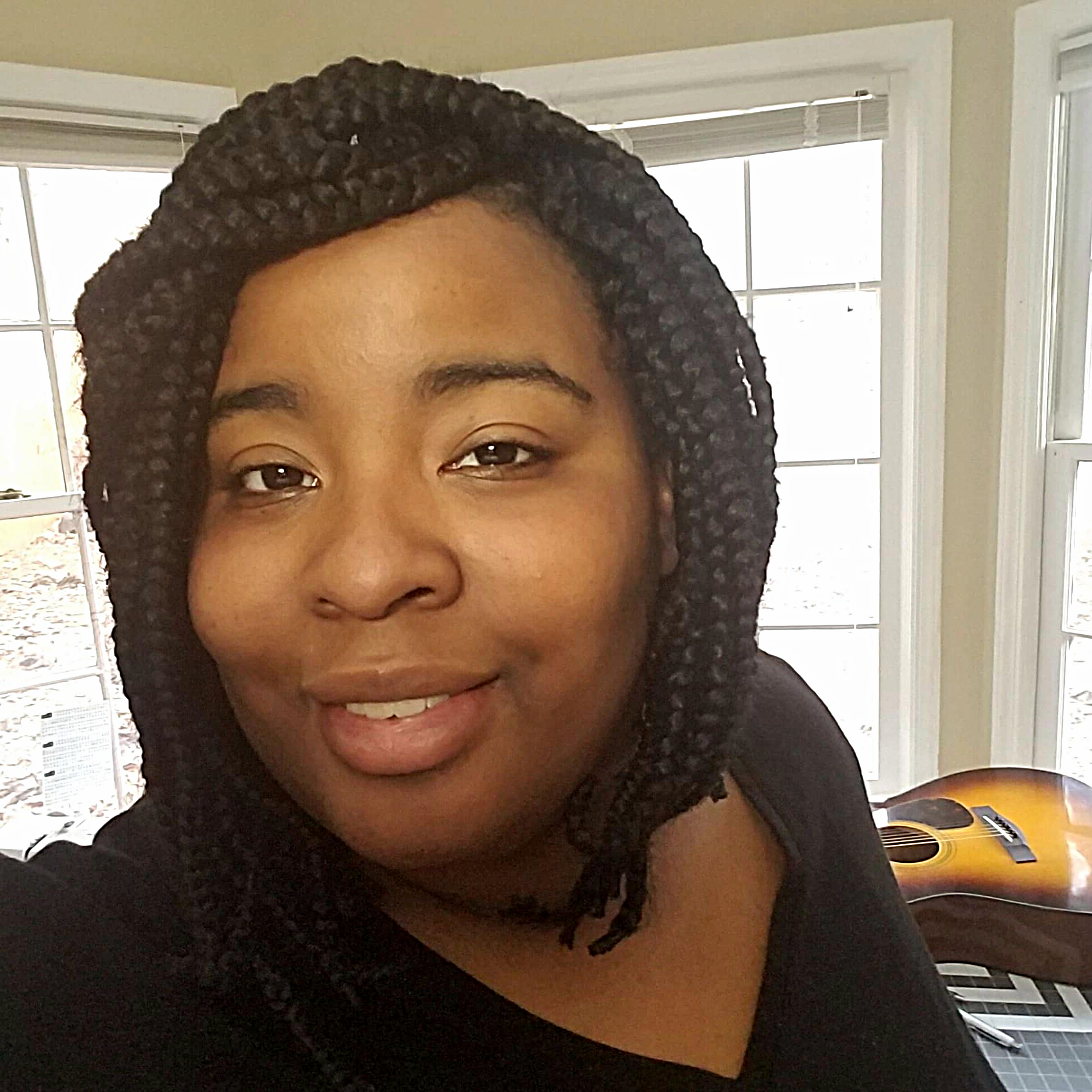Martha Retallick, Author and Photographer, Western Sky Communications

The only AI I currently use is called AfterShoot. I use it for initial culling of large quantities of photos, as in, greater than 500, which is common in my event photography work.
Kim Eley, Writing Coach and Publisher, KWE Publishing

We frequently use Grammarly and ChatGPT. Also, for our newsletters on Substack, we generate images using Adobe Firefly.
Tenesha L. Curtis, MSSW, President, Writerwerx University

I regularly use Midjourney to help promote the products, services, and books that I offer. This includes backgrounds for social media posts, hero images for contest entry forms, character art for upcoming fiction launches, and so on. AI image generation allows for a happy medium between the convenience of downloading something that already exists and the customization possibilities that come with creating a graphic yourself from scratch or hiring an artist.
Stock photo sites offer a wide variety of images at affordable rates in many cases. But my experience has been that finding images fitting more niche audiences or that have more cultural nuances (an author at a book signing who is a dark-skinned woman of color with 4C hair, for example) is extremely difficult. Yet, it can take several hours of time to create these images with my own hand. It also costs hundreds to thousands of dollars, and weeks to months of time, to hire a professional artist to create the graphics by hand.
And for simple social media backgrounds or character sketches to go along with a call to preorder a book, it just isn't financially responsible (or feasible, for most people) to hire a professional artist every time they want to send a newsletter or post something on their blog. For a monthly fee that is less than the price of a single lunch, I can get my “stock” graphics needs met in a timely manner and at adequate quality.
Tricia Gardella, Author, Write 'em Cowgirl Publishing

For me right now, AI does not fit into my picture. I will not use it for any of my illustrations. But I do see how it could be very useful for some other aspects of publishing, especially in novels or for editing, though I feel this needs to be closely monitored. Why would we ever want to lose the human touch?
Chaz Hitz, President, Sitka 2 Publishing LLC

As a publisher, photographer, illustrator, and author, I have embraced AI, specifically ChatGPT, to speed up my work. It has become another tool for me, akin to when Microsoft Word and Adobe Photoshop were introduced. I often use AI as a content generator based on my ideas or subjects I want to describe, for quickly writing blogs. I also use AI as an editor and ask for alternative ways to describe my ideas when stuck. I will use it to write scripts for automation or seek specific help with computer applications like Adobe and Microsoft applications. I am continually coming up with new ways to help me speed up my output as a publisher and writer. As AI evolves, more apps are being introduced to help, with specific AI categories focusing specifically on certain skills or attributes. However, anything new has its limitations, and I've found limitations on what I want and what AI provides. I do not like the graphics or photo generation like DALL·E and have stopped using it for my work as an example.
Jorge, President, Pers Corporation

ChatGPT is extremely useful for editing my text and correcting grammar. It’s also great at helping with title ideas and providing advice on which title might be better and why. Additionally, it’s really good for generating quick blurbs for Amazon descriptions. I have not used AI for illustrations, as I don’t feel this is appropriate (besides, it’s not good enough for this yet), but I may use it in the future for backgrounds for activity books.
Artika R. Tyner, Ed.D., M.P.P., J.D, Founder and CEO, Planting People Growing Justice

We use AI to support our marketing team to generate social media posts and other outreach materials.